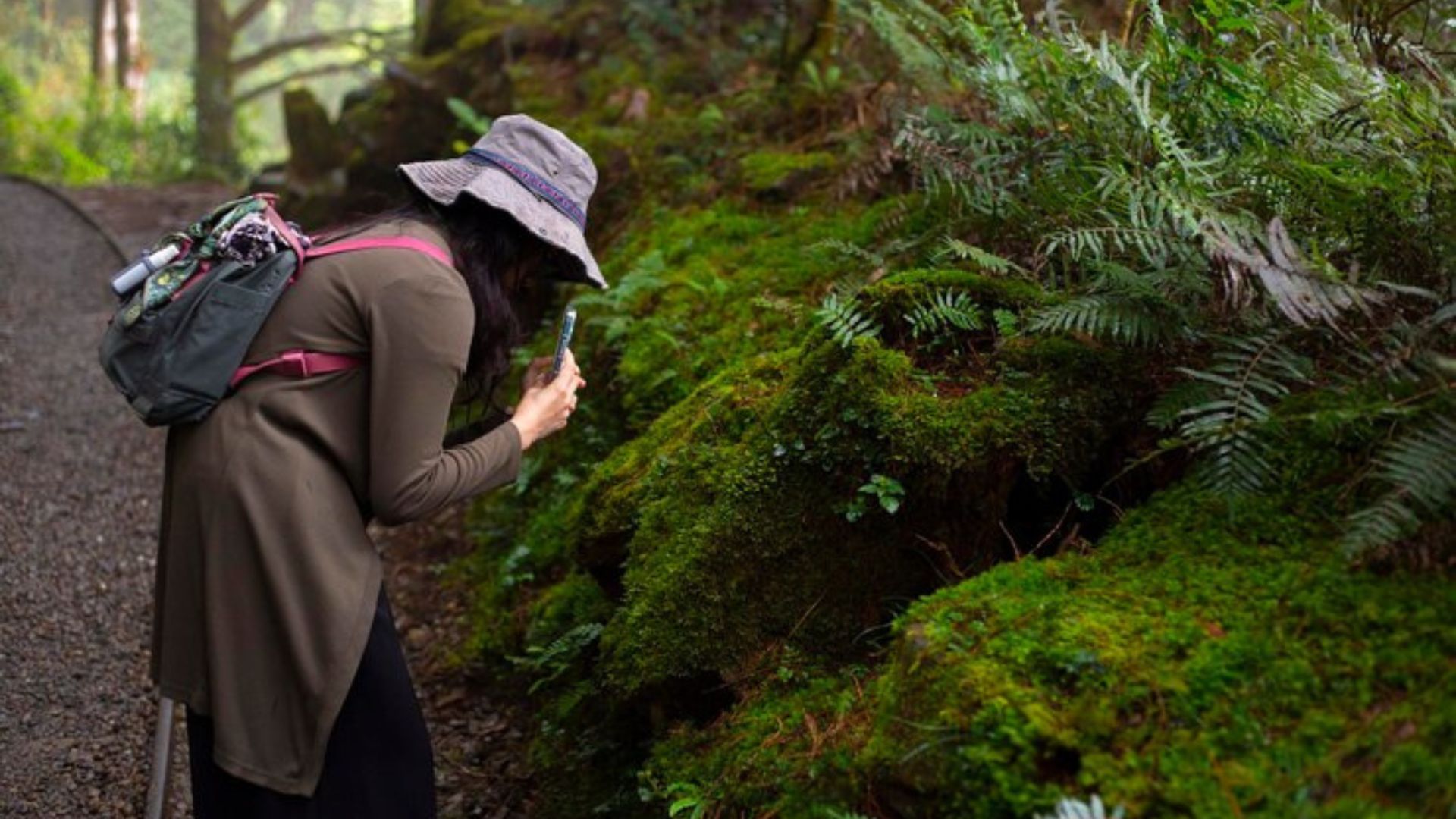usneoides, commonly known as Spanish moss, is a fascinating epiphytic plant that adds a unique aesthetic to landscapes and plays an important role in various ecosystems. This article delves into its characteristics, habitat, benefits, and more, providing a comprehensive look at this intriguing moss.
What is T. usneoides?
usneoides belongs to the family Bromeliaceae and is not a true moss, despite its name. This plant is often found draping gracefully from trees in warm, humid climates. Its long, hanging strands can create a stunning visual display in southern U.S. landscapes and are synonymous with the charm of the South.
Characteristics of T. usneoides
Appearance: Spanish moss consists of thin, gray-green strands that can reach lengths of up to 20 feet. The strands are often densely packed, giving them a bushy appearance.
Growth Habits: It thrives in warm, humid environments, typically hanging from the branches of hardwood trees like oak and cypress. While it may look like a parasite, T. usneoides is actually a bromeliad that derives moisture and nutrients from the air and rain.
Reproductive Features: Spanish moss reproduces through tiny seeds that are dispersed by the wind. These seeds can germinate on tree bark or other surfaces, allowing the plant to colonize new areas.
Habitat of T. usneoides
usneoides is predominantly found in the southeastern United States, from Texas to Virginia, as well as in Central and South America. It flourishes in areas with high humidity and can often be seen in swamps, marshes, and forested regions. The ideal conditions for its growth include:
Moisture: Spanish moss absorbs water from the air and rain, making humid environments perfect for its growth.
Shade: While it can tolerate some sunlight, T. usneoides prefers partial to full shade, often growing on trees that provide a canopy.
Benefits of T. usneoides
Ecological Importance
usneoides plays a significant role in its ecosystem:
Habitat: It provides shelter and nesting material for various bird species, such as the Carolina wren and the bald eagle. Many insects also find refuge in its strands.
Air Quality: As a photosynthetic organism, Spanish moss contributes to the oxygen supply and helps improve air quality by absorbing carbon dioxide.
Aesthetic Appeal
Spanish moss is often used in landscaping and design:
Decorative Use: Its ethereal quality makes it a popular choice for adding texture and depth to gardens, parks, and even homes. It is frequently used in floral arrangements and crafts.
Cultural Symbol: In many southern regions, T. usneoides is considered a symbol of the South, evoking images of sprawling plantations and historic landscapes.
Practical Uses
usneoides has several practical applications:
Insulation Material: Historically, Spanish moss has been used as insulation in homes due to its fibrous texture and ability to trap air.
Crafting: The moss can be used in a variety of craft projects, from wreaths to potpourri, thanks to its unique appearance and durability.
How to Cultivate T. usneoides
If you’re interested in cultivating Spanish moss, here are some tips:
Choosing the Right Location
Shade: Select a spot that offers dappled sunlight or full shade.
Humidity: Ensure the area has high humidity, which can be achieved by misting the moss regularly or placing it near a water source.
Attachment
Support Structure: Spanish moss should be hung or draped on a support structure like tree branches, fences, or specially designed plant holders.
Securing the Moss: You can use twine or fishing line to secure the moss temporarily until it can attach itself to the surface.
Maintenance
Watering: While Spanish moss absorbs moisture from the air, it can benefit from occasional watering during dry spells.
Cleaning: Remove any debris or dead plant material to encourage healthy growth.
Conclusion
usneoides, or Spanish moss, is more than just a beautiful plant; it is a vital part of its ecosystem, offering habitat and aesthetic value. Its unique growth habits and ecological contributions make it a fascinating subject of study. Whether you’re looking to enhance your garden or simply appreciate its natural beauty, Spanish moss is a plant worth exploring.
ALSO READ:Granny Smith Apples: Crisp, Tart Flavor & Health Benefits
FAQs
What is T. usneoides commonly known as?
usneoides is commonly known as Spanish moss.
Is Spanish moss a true moss?
No, Spanish moss is not a true moss. It belongs to the family Bromeliaceae.
Where does T. usneoides typically grow?
usneoides typically grows in warm, humid environments, primarily in the southeastern United States and parts of Central and South America.
Can I grow T. usneoides in my garden?
Yes, you can grow Spanish moss in your garden by providing it with a shaded, humid environment and a support structure to attach itself to.
What are the practical uses of Spanish moss?
Spanish moss can be used for insulation, crafts, and as a decorative element in landscaping and floral arrangements.

